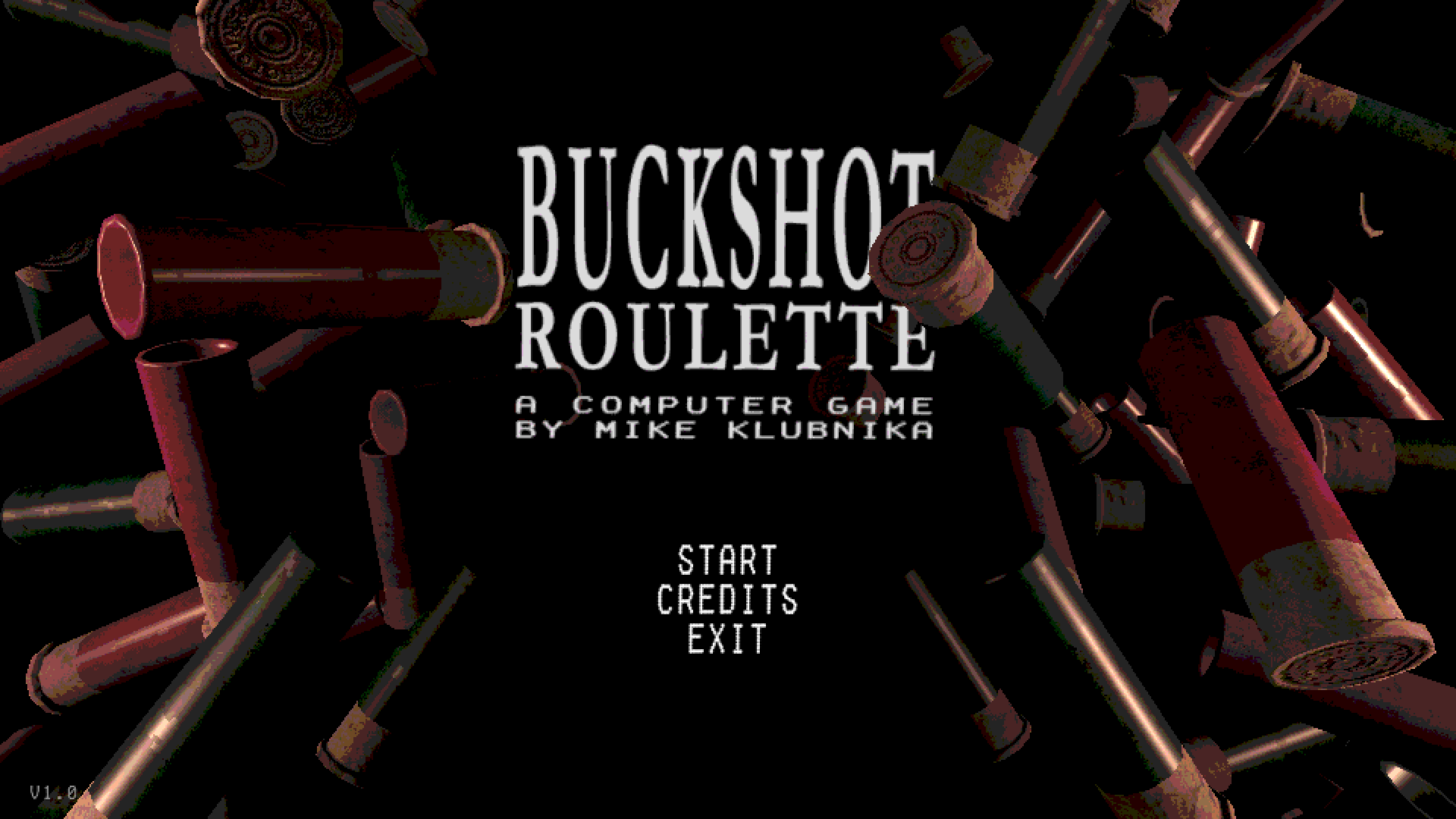I decided to conduct an experiment, the purpose of which was to find out the honesty of the first distribution of bullets.
1 real bullet, 2 blanks - the chance that the bullet will be the third is 33.3%. I've played 30 games, here's the result: in 13 games, the real bullet was the first
in 13 games the second
and only in 4 games the third.
That is, the real chances are as follows: the real bullet is the first - 43.3% the real bullet is the second - 43.3% the real bullet is the third - 13.3%
I like the idea of the experiment however i think 30 is a small sample size, so we might need to increase the sample size
Definitely need a larger sample size. For the first round I always go for Self-Self-Dealer. Out of 82 runs I've shot myself 50 times, so ~61% of the time. This is close to the expected value for 2/3 of ~66%, so I'm fairly certain that if they aren't completely accurate, the odds are at least close enough to the 1/3 that it doesn't really matter
Only 16% of the time for self-self-dealer Will land As it goes 1/3 x 1/2, So Self-Dealer has the excat same odds and can save time on resets
TiredNemui, thank you, I think I'm starting to understand what's going on, going to do a new experiment
The game mixes bullets depending on the player's choice. Last time, I didn't specify that I shot at the dealer, which turned out to be very important. In the new experiment, I shot myself twice, and also decided to do 30 rounds (so the percentages may not be accurate).
Results: the first bullet is 12 the second bullet is 8 the third bullet is 10
Considering the margin of error, I can say that this time the percentages are equal. This means that the real bullet is determined by the player's choice. So far, I have this theory: If the player shoots at the dealer for the first time, then the game makes the minimum chance of a third bullet, because this is the most chance to win. If the player decides to shoot himself, the game just makes the odds equal. I will do some more research to make sure of this.
Now I don't understand anything. I decided to re-take the first measurements and it turned out the opposite. The real bullet is 5 times the first, 12 times the second and 13 times the third. If we take into account the margin of error, the chances of the first and third are reversed. I don't know how this is possible. But I counted the wins: 22 out of 30. That is, if you shoot at the dealer, you have a 73.3% chance of winning (although I'm not sure about anything anymore)
You have some interesting theories/ideas here that would be really cool if true, but your results are genuinely just happening cause you aren't using big enough sample sizes. 30 isn't nearly enough attempts to close in on the actual odds. I don't think anything less than 100 is gonna be enough to draw any conclusions, and even that is a really low number if you're trying to be accurate about it
I think we need a Much bigger sample size as 30 isnt enough we need at least 100 to work out odds reasonably








